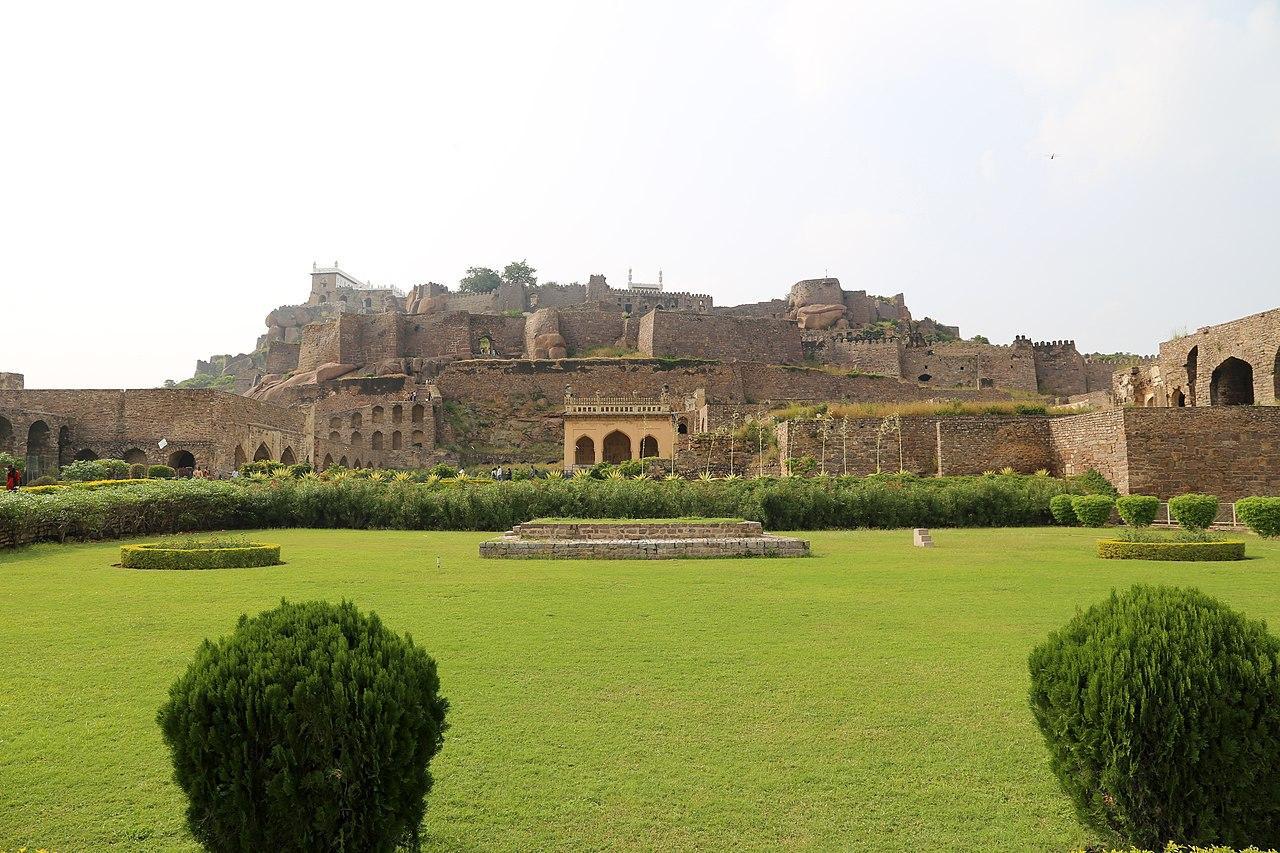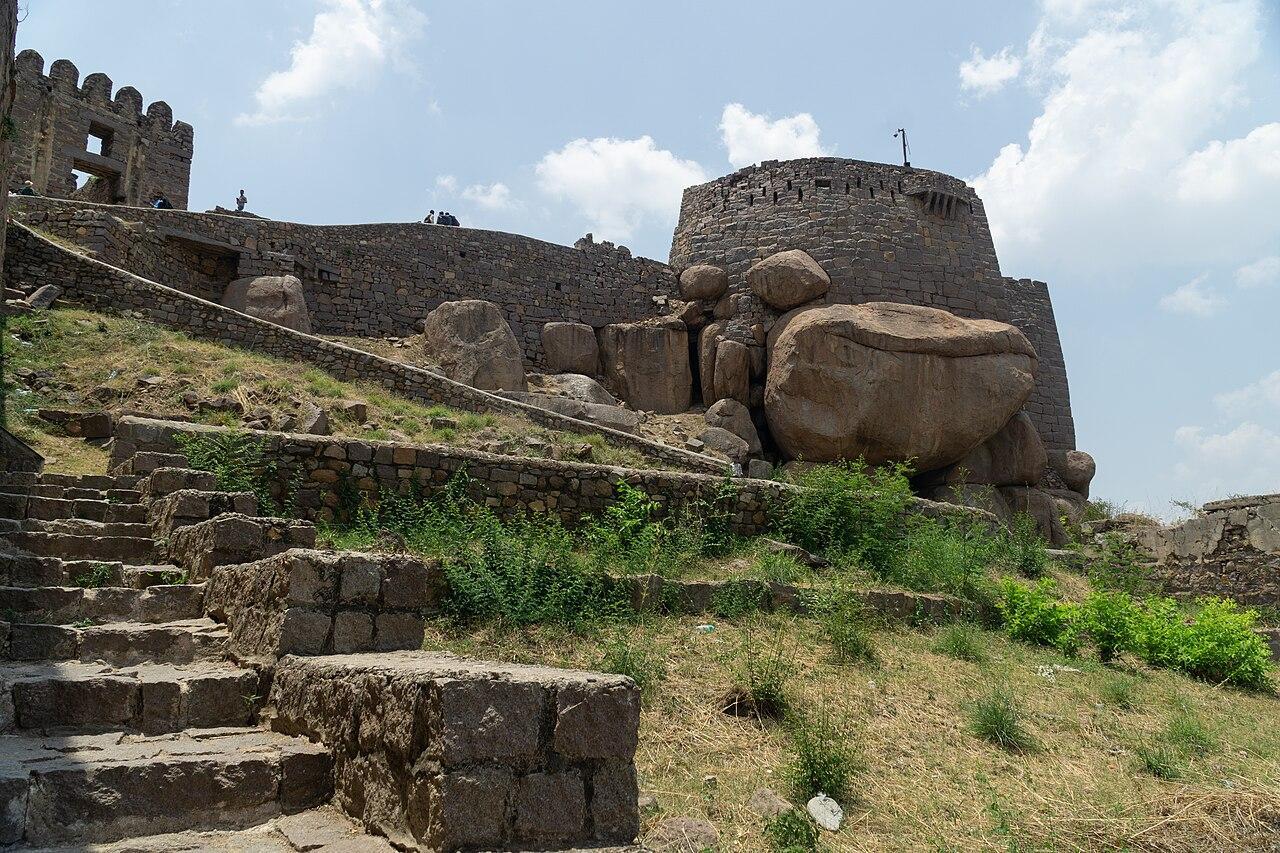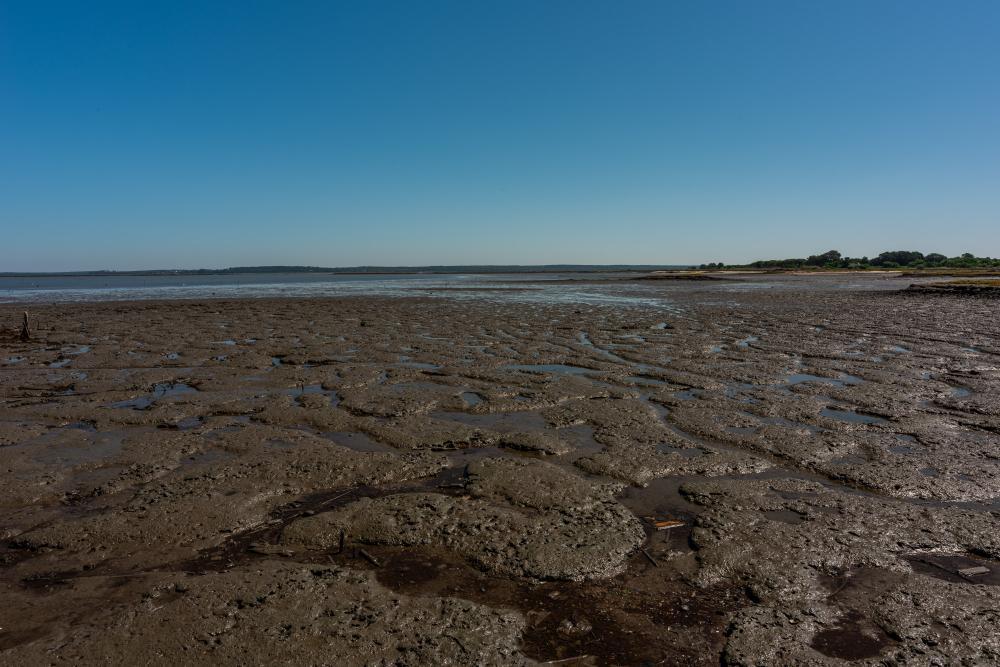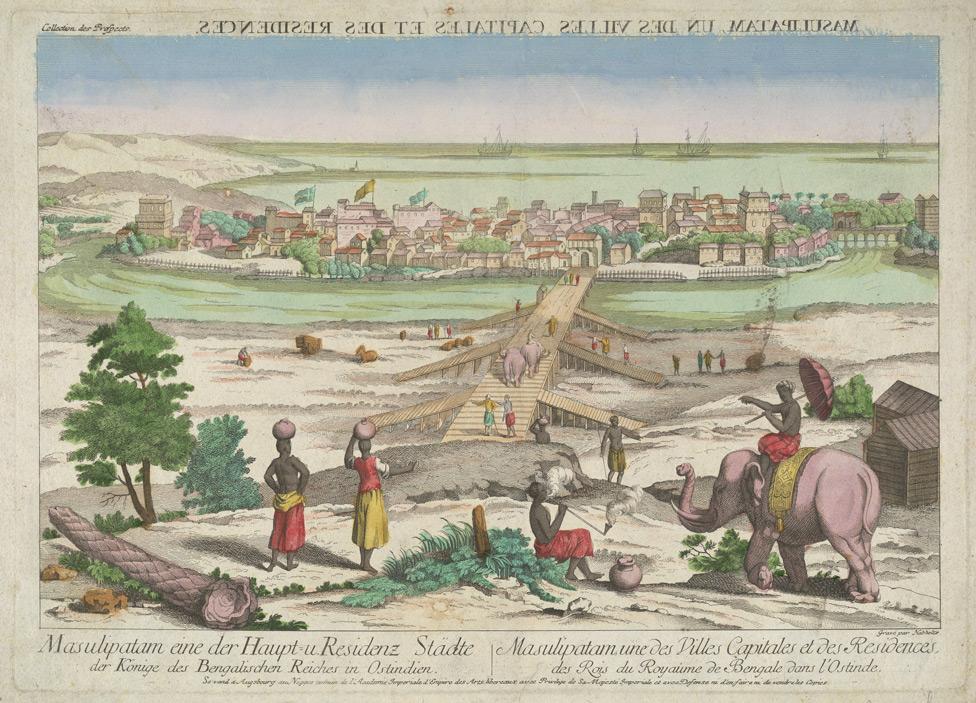Scientists Believe They Have Pinpointed the Origin of the Cursed Hope Diamond
Scientists believe they have finally pinpointed the origin of the flawless Hope Diamond, the Koh-i-Noor, and various other precious gemstones that have fascinated researchers for centuries.
Collectively known as the Golconda diamonds, these rare stones have adorned the garments and crowns of royal lineages stretching from India to Europe. A new study aims to finally prove where these enigmatic stones originated.
The Golconda Diamonds
The Hope diamond and the Koh-I-Noor are two of the most recognizable stones on Earth. The latter is one of the British Crown Jewels, whereas the Hope Diamond is on display at the Smithsonian National Museum of Natural History in Washington, D.C.

Source: Wikimedia
The story of how these flawless diamonds, despite having their origin in India, ended up in the hands of Westerners is a tale of colonialism and vast trading networks, all of which continues to stir up controversy to this day.
The Curses Associated With the Hope Diamond
Due to their immense beauty and the circumstances under which they fell into the hands of colonizers, many of the Golconda diamonds have legends attached to them. But none is as fascinating as that of the Hope Diamond.

Source: Wikimedia
According to legends, the Hope Diamond was eternally cursed after it was stolen from an idol in India. Bad luck and a horrible death await all future owners of the diamond. A similar story is attached to the Regent Diamond, now housed at the Louvre in France.
The Diamonds of Golconda
The Golconda diamonds are named after the region in south-eastern India, where they were discovered. For thousands of years, this historic kingdom, not far from modern Hyderabad, was the greatest producer of diamonds on Earth.

Source: Wikimedia
All of the diamonds, many of which are prized for their brilliance, extraordinary clarity, and transparency, were taken to a hilltop fort overlooking the region. The fort later became the source of the most sought-after diamonds on our planet, and traders from far and wide flocked to the region in an attempt to obtain a precious stone.
The Discovery of Golconda Diamonds
The unique Golconda diamonds were removed from what’s known as placer mines. Instead of being mined in a traditional fashion, the precious stones of Golconda were recovered from shallow pits dug on the banks of rivers.

Source: Wikimedia
Many of the diamonds were carried to their location by an ancient river before being lodged in sediment. However, where they originally came from has remained somewhat of a mystery.
Researchers Claim They Have Found the Origin of the Golconda Diamonds
Researchers are well aware that diamonds typically reach the surface during fascinating volcanic eruptions known as kimberlites. Yet, no one can say with certainty where the source of the kimberlite rocks that produced the Golconda stones was located.

Source: Wikimedia
However, a team of researchers published a new study in the Journal of Earth System Sciences this year, proposing that they had found the origin of the Golconda diamonds.
The Golconda Stones Originate From Nearly 200 Miles Away
According to the researchers, the origin of precious stones, including the Koh-i-noor and the Hope Diamond, is located nearly 200 miles away from where they were unearthed.

Source: Wikimedia
The scientists propose the Golconda stones came from the Wajrakarur kimberlite field, which is found in modern-day Andhra Pradesh, some 186 miles away.
Uncertainty on the Origin of the Golconda Diamonds
While the researchers believe there’s sufficient evidence to suggest the Golconda diamonds originated at the Wajrakarur kimberlite field, geochemist Yaakov Weiss suggests there’s still a level of uncertainty about their findings.

Source: Freepik
“The analysis is related mainly to lithospheric diamonds, and we believe the larger diamonds are coming from deeper in the Earth,” Weiss, who was not involved in the research but reviewed the paper for publication, told Live Science. “So it still has some uncertainty.”
Tracing the Origin of the Golconda Diamonds
During their attempt to trace the origin of the Golconda diamonds, geoscientists Hero Kalra, Ashish Dongre, and Swapnil Vyas from the Savitribai Phule Pune University in India meticulously studied the chemical signatures of kimberlites in the surrounding region.

Source: Freepik
They proposed that the Wajrakarur field’s kimberlite rocks were most likely pushed to the surface from a region deep underground where diamonds can be formed, a step in the right direction of proving their theory.
Scientists Discover Ancient Dry River Channel
Next, the team of Indian researchers conducted various surveys employing remote-sensing data, which included satellite imagery and moisture measurement collection.

Source: Wikimedia
The results of this testing led the scientists to the discovery of an ancient dry river channel that may have transported the Golconda stones from Wajrakarur to the Krishna River, where most of the precious diamonds were pulled from the ground.
Geoscientist Dismisses Golconda Diamonds Origin Theory
Despite the fascinating theory proposed by the geoscientists, Weiss is still uncertain. He argues that proposing a link between standard lithospheric diamonds typically found in a kimberlite field and the deeper Golconda diamonds could be considered controversial.

Source: Freepik
According to Weiss, who studies diamonds at the Hebrew University of Jerusalem, deeper stones like the Golconda diamonds have different chemistry and may have come from elsewhere in India.
Golconda Diamonds May Remain a Mystery
Weiss explains that no geologist can say with certainty how deep diamonds arrive at the surface of the Earth. He added that it’s especially difficult to discern the origin of Golconda diamonds as they lack inclusions, which typically hold fluid from the mantle.

Source: Wikimedia
Due to these difficulties, the geochemist explains that scientists have little to work with when it comes to pinpointing the origin of the revered diamonds, and it’s possible the Golconda stones may remain a mystery for generations to come.
